How to make frames for pictures with your own hands?

Not a single item of the mass market can compare with a good hand-made product. At least in terms of the degree of exclusivity and spiritual fulfillment. Today, doing something with your own hands is not just fashionable, but something from the category of "everyone can be able to." At least the top pages in social networks about home and comfort belong to those accounts where hand-made is presented regularly, accessible and in detail.
And if it seems that it will not work, you need to take it and try. For example, make a frame for a picture with your own hands.

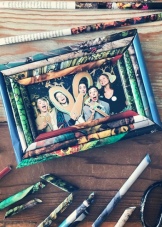
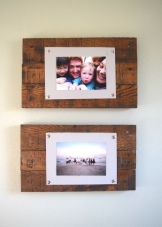
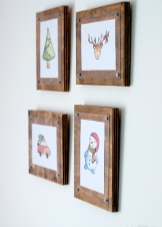
Manufacturing from cardboard
The most popular material in school labor lessons was cardboard. With it, learning how to make frames and you can start. It is better if it is corrugated cardboard - the frame will be of higher quality and stronger.
What you need besides cardboard:
-
stationery knife;
-
scissors;
-
glue gun;
-
a selection for the final decor at your discretion (sequins, decorative volumetric stickers, buttons, scrap paper, ordinary paint-acrylic, and so on).
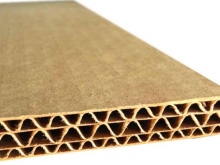
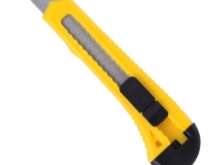

The step-by-step instructions are pretty simple.
-
A frame must be cut out of cardboard according to the size of the painting or photograph. The width of the frame will be arbitrary - it all depends on the intended result.
-
Scrap-paper with the front side is laid on the table, the cut-out cardboard blank is placed on it.
-
With scissors, you need to delicately cut off the outer corners, and inside, make diagonal cuts with a clerical knife.
-
You need to fold the outer edges of the paper.
-
Cut off all unnecessary around the product, and bend the inner borders. This should be done slowly so that there are no defects or irregularities anywhere.
-
First, the inner borders must be glued to the frame, then the outer ones.
-
This option, which will turn out after these actions, is already considered a ready-made frame. But you can also customize the product at your discretion.
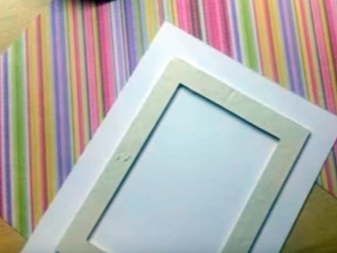
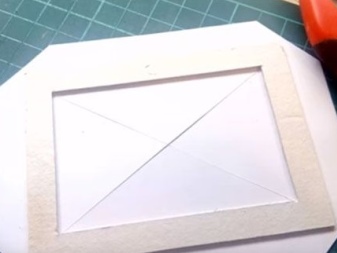
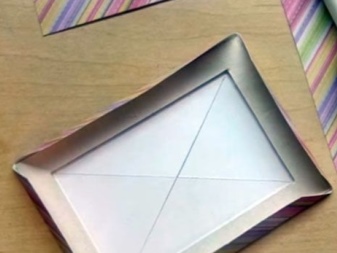
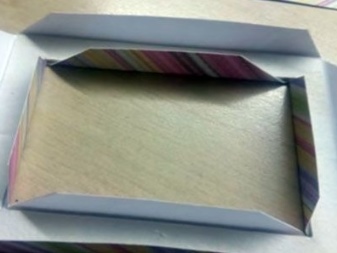
This is the basic option that you should start from.
The cardboard base can be simply wrapped with threads, pasted over with natural material (acorns, nutshells), or simply painted in several layers.

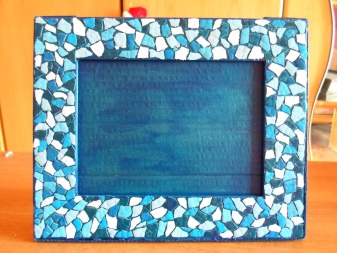
How to make from rails?
The classic frame material is wood. You can take slats (planks, wooden skirting boards), they will fit any picture and will fit into almost any interior.
What is needed in the manufacture:
-
slats or wooden plinth, their width and length correspond to the size of the picture;
-
sharp knife and good cutting scissors;
-
sandpaper of any grain size;
-
furniture glue, but if there is none, ordinary PVA will also work;
-
hacksaw;
-
small nails, hammer;
-
corner ruler;
-
plywood, but thick cardboard will do.
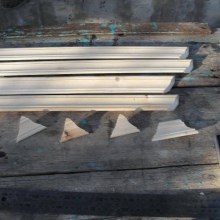
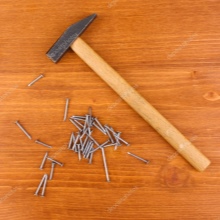

Let's take a look at how to make a frame from rails.
-
First, the parameters of the inner perimeter of the product are measured. You just need to measure the sides of the picture with a ruler.
-
The corresponding marks are made on the plinth or rail (just with a pencil). The necessary fragments are cut off. They must be rubbed with sandpaper.
-
The ends of the rail must be cut, keeping an angle of 45 degrees. You can use the miter box if there is a problem at this stage.
-
If the frame is small, it is enough to glue its sides. But if it is large, the joints are strengthened with small carnations.
-
To secure the picture, a plywood or cardboard backing is applied to the back of the frame. It can also be fixed to small studs.
-
The finished frame is painted or varnished. Stain can be used.
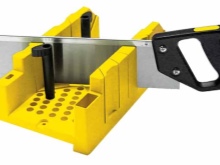
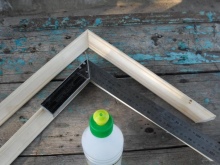
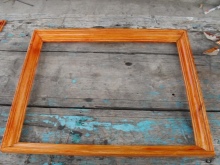
Other options
The more interesting the frame design, the less predictable the material used.
From paper
This option is one of the most presentable. You can make several beautiful, stylish frames at once, their cost price is a penny.
Here's what you need to take:
-
template (print by downloading it from the Internet);
-
thick colored A4 paper of a suitable color.
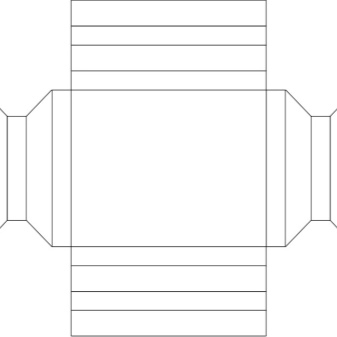
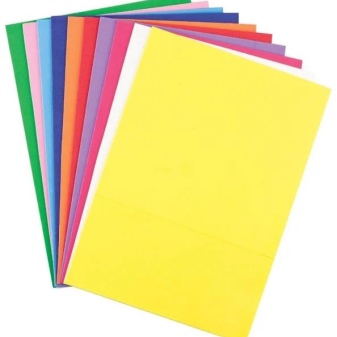
The technique for making a homemade frame is pretty simple.
-
The product template must be printed. If this does not work, you can do this: take a picture or photo, put it in the center of the sheet, and draw a contour. And then put aside strips of different sizes in succession: a width of 1.5 cm will alternate with a width of 1 cm.
-
In the upper and lower parts, you need to carefully make grooves (according to the sample).
-
Now the drawn stripes need to be bent along the ruler. You can start wrapping the sides of the future frame. This is done as delicately as possible so as not to wrinkle the future craft.
-
At first, it is more convenient to fold the short sides, and the long ones after them. The corners of the long sides are then inserted into the corners of the short sides of the frame. So the structure will be tightly fixed, voluminous, without any glue.
-
But if the paper is rather thick and is glossy, the picture can be inserted immediately, and the sides can be rolled up on it: this is necessary to make the image more dense.
-
If there is a concern that just manual fixation is not enough, you can literally drip a little glue, or use double-sided tape.

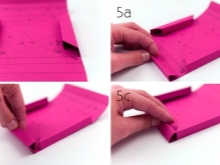
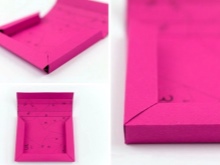
Such paper frames are perfect for decorating beautiful (both graphically and meaningfully) quotes.
You can make a lot of these colored paper frames to decorate with them letters and diplomas of the child - so the "wall of honor" will be bright, devoid of boring officialdom.

From the plinth
The skirting board can be anything from wood to polyurethane. Smooth to embossed.
What to take for work:
-
the plinth itself;
-
cardboard sheet with a minimum thickness of 2 mm;
-
wood glue, wood stain, varnish;
-
small nails or staples;
-
tape measure, pencil;
-
hammer, hacksaw, abrasive, miter box.
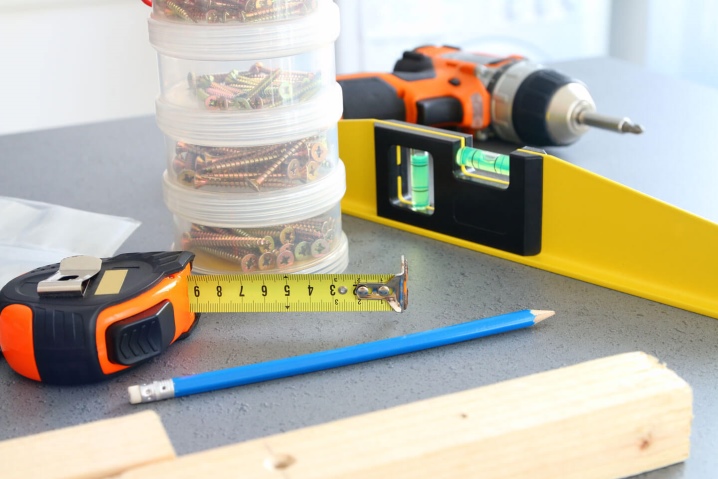
It remains only to assemble the structure.
-
The image is measured first. In accordance with them, 4 sections of the plinth are marked.
-
These blanks need to be cut at an angle of 45 degrees. When gluing, you should get a rectangle.
-
If there is no miter box, you can use a protractor or square. Chips when sawing should be avoided.
-
If you don't have a carpentry saw, a metal hacksaw will do.
-
After sawing, the ends will be cleaned with an abrasive.
-
Further, the ends of the fragments of the ceiling plinth are greased with glue, glued horizontally. The square will help you check if the perpendicularity of the frame parts is mutual. From the back side, the parts are fixed on staples.
-
After gluing, the frame can be fixed with small studs, you can also use cardboard corners. When the glue is dry, do not forget about cleaning the bonding areas with an abrasive. Then the same places are wiped with a rag. The product is stained. After drying, you can varnish it.


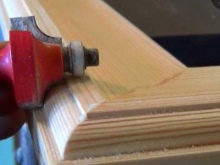
If you want to change the color, the frame is painted with acrylic paint.
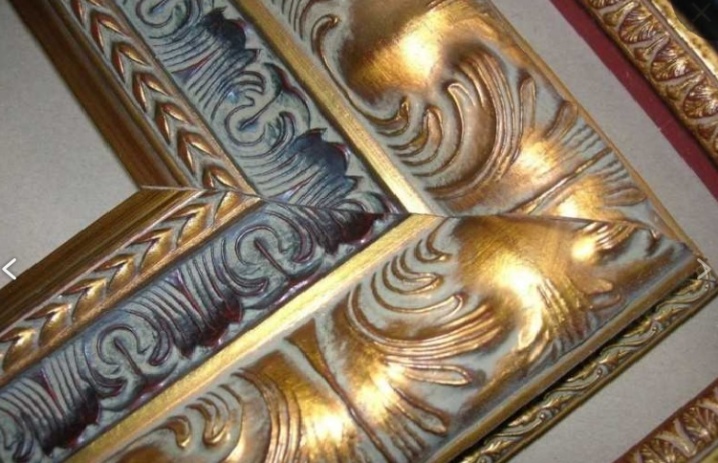
Styrofoam
For work, you need foam skirting boards. The material is simple, but the frame will turn out to be vintage. And also it is worth preparing a miter box, a hacksaw and polymer glue. Materials for the final design are at your discretion.
The work algorithm includes several points.
-
At the baseboard, you need to saw off the tip, forming the first corner. The skirting board must lie correctly in the miter box: one part horizontally, the other vertically. It is necessary to measure the length from the first corner, cut off the opposite corner. Then a copy of the second slab is made. The remaining parts of the frame are also cut out, those that will be smaller in length.
-
It turns out quite intelligible scraps that have to be glued together. Each corner is glued separately, it takes about three minutes to hold the place where it is fastened with your fingers.
-
Next, a wall plinth is taken, which will form an already made workpiece. It is also cut with a miter box.And again the sides are glued together so that at the exit there are as if two frames.
-
The upper side of the workpiece is coated with glue, an edging is applied on top, with a neat fit that eliminates cracks. Glued. So, we get a volumetric frame.
-
And now the deep frame needs to be painted. It can be gold paint, silver and bronze. This makes the frame more convincing.
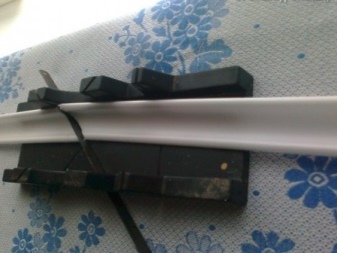
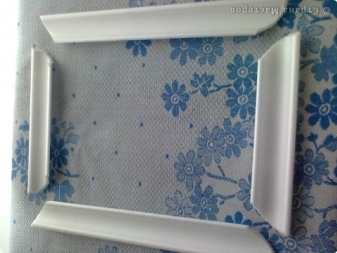
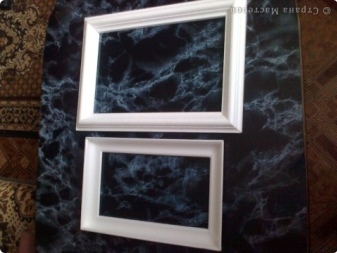
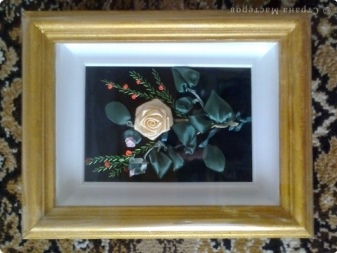
You can do this work yourself quickly, and make several frames at once. Not everyone can guess that under the gold paint is ordinary foam.
Made of wood
In this case, the creation of a frame from branches will be described. This boho-style option is especially popular today.
What you need:
-
thin twigs, about the same diameter;
-
cardboard;
-
glue gun;
-
decorative moss (natural is also good);
-
artificial flowers;
-
acrylic paints;
-
ornamental varnish (if you like).
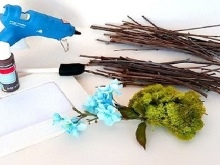

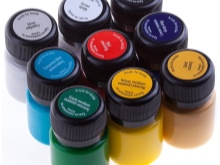
Now let's look at how a baguette is made from branches at home.
-
The blank for work is made of dense, barely bendable cardboard. Realistically and glue its layers together. However, cardboard is well replaced by plywood. The future frame is painted in a suitable color, most likely it will be brown. But not white - in this case it is completely unprofitable.
-
The branches should be cleaned of flaking bark fragments. They must be cut exactly to the size of the frame.
-
The first layer is placed 4 branches thicker, glued. Then another branch layer follows. And so the mass builds up gradually, each branch is glued separately. Sometimes they are fastened with wire for greater confidence.
-
Finally, when the branches are finished, you can fix the moss around the edges of the frame. Instead, you can use leaves, cones, everything that corresponds to the subject of the product.
-
Decorative beads can be pre-painted with acrylics to turn them into berries.
-
Finally, it's time to cover the branches with a non-toxic varnish. But this moment is optional, you can leave everything as it is.
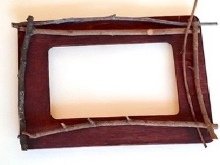
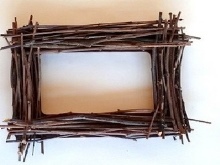
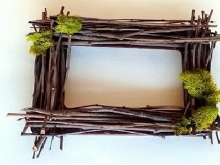
The process is not quick, but it turns out to be an authentic craft. If you want something brighter, you can pre-paint the branches: either in one color, or in different colors, or make them striped - here the creative boundaries are open.
Sometimes round frames are made in this way, but then you definitely cannot do without wire.
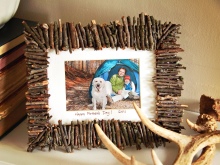
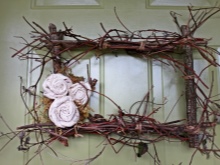

From buttons
If there are whole deposits of buttons living in a casket or old cookie can (perhaps as a childhood memory), they can find a new life in the form of a frame. Thus, your favorite buttons will always be in sight.
Useful for work:
-
cardboard;
-
scissors and / or utility knife;
-
acrylic paints;
-
glue "Moment" or a thermal gun;
-
buttons;
-
ruler / square.
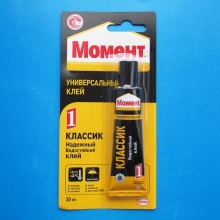
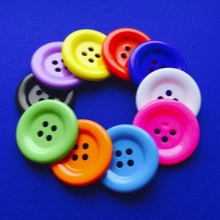
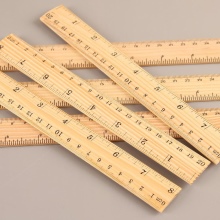
And here's how to make a baguette base from buttons.
-
The frame base is cut from thick cardboard to the size of the picture.
-
Now you need to select the densest buttons and glue them to the base. The first layer should grasp well, and only then you should proceed to the second.
-
Next, medium-sized buttons are fixed. They will close gaps as much as possible.
-
And all those gaps that remain must be sealed with small buttons.
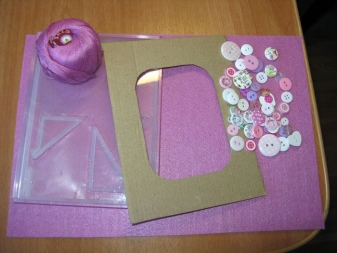
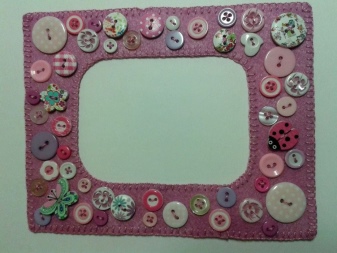
With acrylic paints, if you want to do just that, you can paint over the cardboard base at the very beginning. After gluing the buttons, you can paint some of them. Well, if you use paint in a spray can, you can make a coating of one color - gold, for example.
Sometimes the cardboard base is sheathed with felt, on which buttons are also remarkably attached. Or they are wrapped with thick threads, and the buttons will be glued to this thread layer.
Sometimes some improvised materials catch your eye in time and become a great idea. For example, a cardboard base is wrapped in golden foil, and buttons are already fixed on this background.

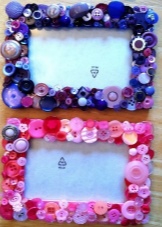
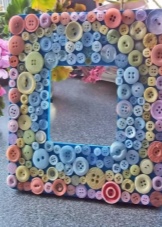
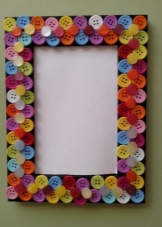
From old newspapers
The wonders of handicraft will help show ordinary newspapers. Or rather, pipes twisted from newspapers.
It is proposed to take the following:
-
newspaper tubes (ready-made, rolled up);
-
ruler, pencil;
-
scissors;
-
PVA glue;
-
knitting needle.
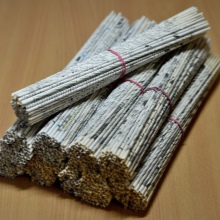
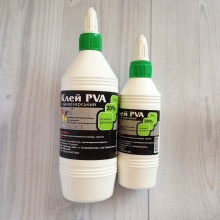
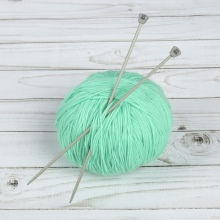
The manufacturing process consists of several steps.
-
On the cardboard you need to draw the outline of the future frame. It can be made rectangular, square, diamond-shaped, rounded - whatever you like. From the designated contour, you need to retreat 4 cm up, the second contour is drawn in parallel. The workpiece should be cut out. And you will have to make two such blanks.
-
On one of the frames, you need to make marks along the outer edge: either 1.5 cm, or 3 cm - this will depend on how tightly weaving is carried out.
-
These blanks are glued to the cardboard by marks. The end of each tube covers the base by 3 cm. On the laid-out tubes, you can once again go over the top with glue to hold it together. Next, a second cardboard frame is taken, glued to the first. And the edges of the two blanks must match.
-
The frame should ideally be pressed in, after waiting for the glue to dry.
-
So, we start with one tube, it must be bent so that one edge is shorter, the other is more authentic. The work piece is put on the base tube. "Rope from two tubes" is the main technical task of weaving in a circle. If you run out of working tubes, you can build them up.
-
The width of the frame is arbitrary. The main thing is that it is considered sufficient for a specific frame size.
-
To process the edge, you need to bend the tubes one by one. The final tube should be wound under the first.
-
The tubes are hidden, the weaving is completed. Now you need to take a knitting needle, bend a couple of woven rows under the tube, the base tube is pushed inward and outward through the rows. The remainder is trimmed. But without too much tension.
-
The finished product can be painted or stained.

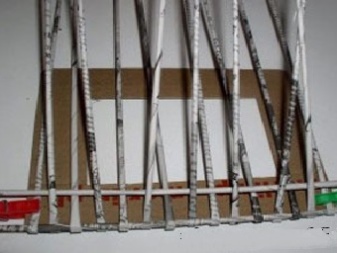


You can experiment with the decor as you like.
From puzzles
One of the simplest, literally lying on the surface, options are puzzles. Moreover, it does not matter what is depicted on them, everything will be under a layer of paint.
For work you need:
-
puzzles of any size (they can be small, large, as long as they are homogeneous within one frame);
-
paint of a suitable color (better - in a spray can);
-
glue for fixing, any suitable;
-
cardboard for the base, scissors;
-
additional decor at your discretion - beads, buttons, pins, beads and so on.

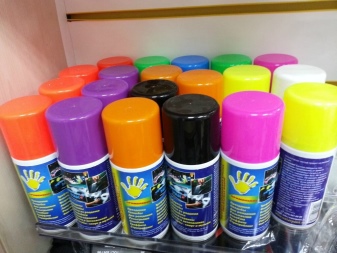
We make a frame from puzzles.
-
The first step is to cut the cardboard blank under the frame. It must be of sufficient thickness, because all the puzzles will be attached to it.
-
The next step is to glue the puzzles themselves onto the cut-out frame. The order of gluing is arbitrary, but they must be fixed carefully.
-
Now the puzzles need to be painted, with spray paint this will be done the fastest. The color is such that it "takes root" well in the interior.
-
You can cover the finished, dried frame with varnish, you can leave everything as it is.
-
If you want an addition to the design, you can glue buttons, a few pins, beads, a brooch to this frame. And glue it even before the whole frame is painted. And then the whole product is covered with color, with additional decor glued to it.
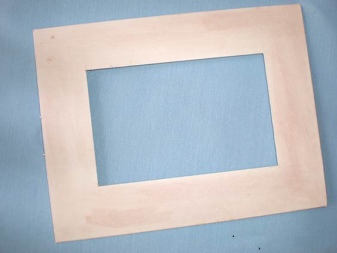

From puzzles, by the way, you can get not one frame, but a wonderful modular composition. Sometimes a frame made of puzzles is even made for a mirror in the hallway or bedroom: it turns out, by the way, very cute.
You can paint the puzzle pieces in different colors if you don't want a monochromatic frame. This is especially true for a children's room. The same frame can be made for the sign hanging on the nursery door. The guys really like it when such name plates flaunt on the door, but the design in the form of a mosaic will look interesting and unexpected.
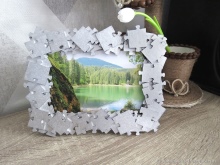
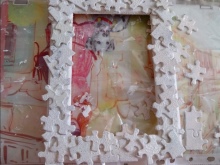

Advice
For Dessert - a selection of tips that can inspire you to open a family workshop for making picture frames (at least improvised).
Making the frame yourself - 10 creative ideas.
-
If the words machine, milling cutter, miter box, hammer do not inspire at all, you can use the easier options.One of these is the bumps. On the same cardboard, dense base with a glue gun, cones are laid (with a tip cut in advance with nippers). They can either be dyed or covered with glitter hairspray.
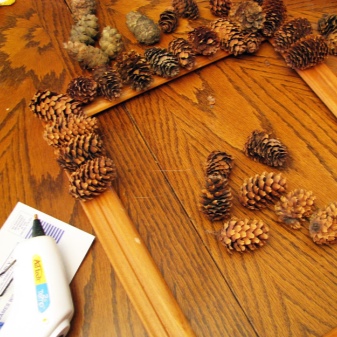
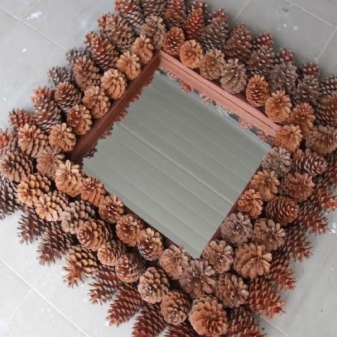
- The frame can be easily tightened with a cloth, fastening the tension at the back with a stapler. Interesting interior echoes are obtained if the fabric of the frame repeats the fabric of a curtain or sofa cushion, for example, a track on a table.
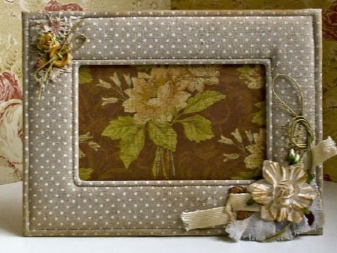

- You can glue the cardboard blank with sequins - children will surely like this option. Although the amount of work will be great.

- You can decorate the frame with satin ribbons, beautifully and evenly wrapping them around the base. The ribbon can be one or several, of different colors, then they form some kind of pattern.
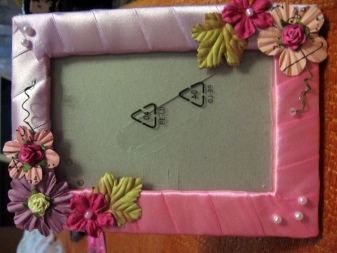

- For the manufacture of semi-antique frames, you can use decoupage technique. Of course, ideally, experience in decoupage should be present, but not strictly necessary.
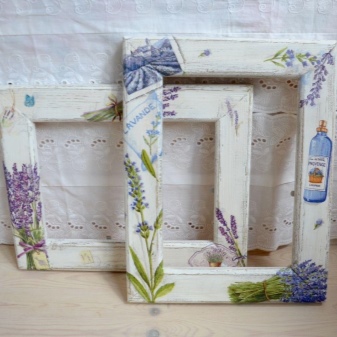
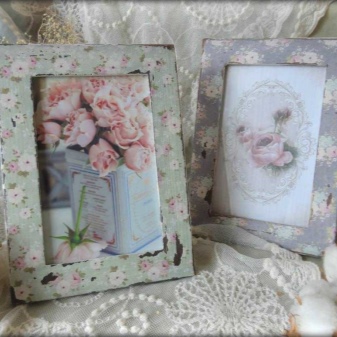
- Sheet cork is another great framing option that is very easy to work with.
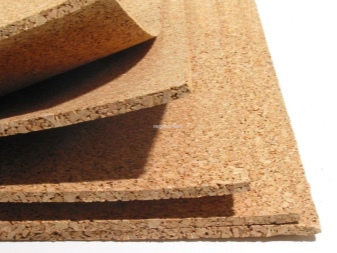
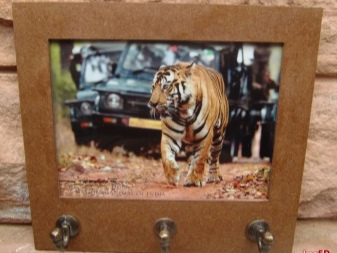
- A well-known option is coins, which are also glued to the base and covered with a uniform layer of paint. It looks textured.
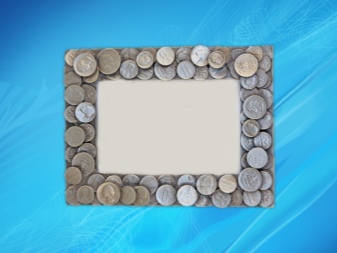

- You can also decorate the frame with ordinary pushpins. You can take multi-colored, copper, brass, bronze. If they are lightly abraded, they will age for a vintage effect.
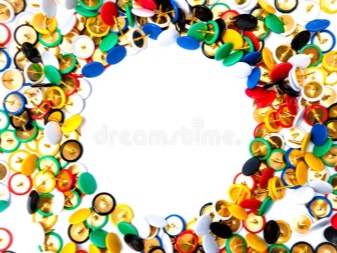
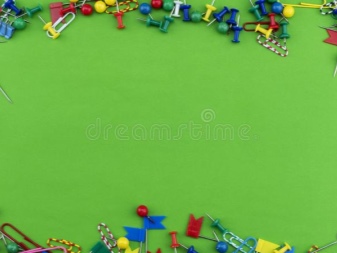
- Cover the cardboard base with lace - the frame will turn out to be very delicate. You can also paint on top of it.
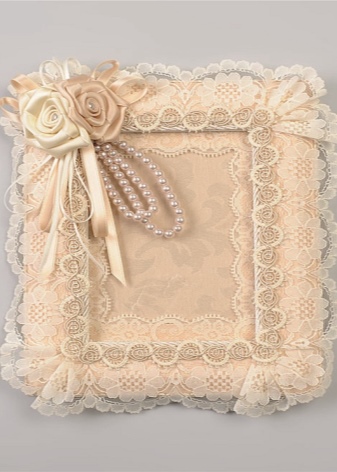
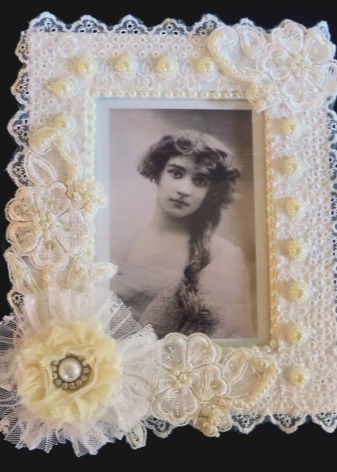
- It is logical if a picture in a frame of wine corks appears in the kitchen. They can be left blank or varnished. Quite atmospheric solution.
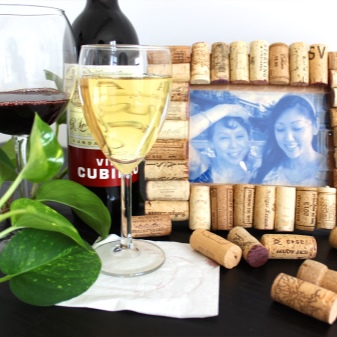
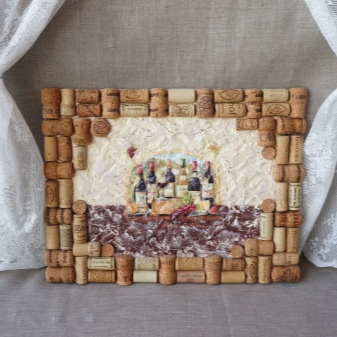
Traditional heavy glass frames are not the only ones worthy of painting. Self-made options are full of their charm, and there are so many ideas for implementation that an exhibition with interesting not only paintings, but also frames may appear at home. Why not become an interior highlight.
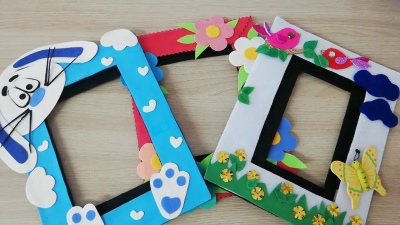
Watch a master class on making picture frames.













The comment was sent successfully.